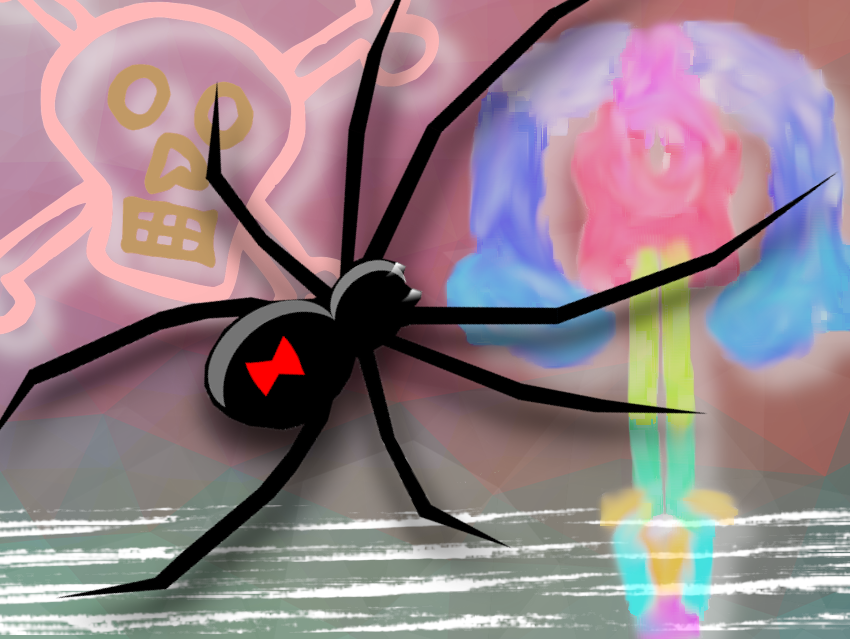The black widow spider is a feared species whose venom contains seven toxins, phylum-specific latrotoxins (LTXs). One of these, α-LTX, targets vertebrates and is therefore dangerous to humans. It disrupts nerve signal transmission by binding to presynaptic nerve terminals and causing a massive and uncontrolled release of calcium ions into cells, leading to severe muscle cramps. It is widely accepted that LTXs tetramerize and insert into the presynaptic membrane, forming Ca2+-conductive pores, but the underlying mechanism remains poorly understood.
Christos Gatsogiannis, Andreas Heuer, and colleagues, University of Münster, Germany, have deciphered the structure of α-latrotoxin before and after it embeds in the cell membrane. They used high-resolution cryo-electron microscopy (Cryo-EM), AlphaFold2-based structural modeling, and molecular dynamics simulations to uncover how the toxin works.
The team found that when the toxin binds to its receptor, dramatic conformational changes occur in the N-terminal region of the complex. Four distinct helical bundles rearrange to form an extremely stable, 15 nm-long, cation-impermeable coiled-coil stalk. This stalk, acting like a syringe, pierces the cell membrane and forms a small pore that functions as a calcium channel, allowing calcium ions to enter the cell through a selective opening just above the pore.
In this way, the toxin mimics the function of natural calcium channels in the presynaptic membrane in an exceptionally complex manner, making it unlike any known toxin. The researchers state that their findings could lay the foundation for new medical and biotechnological applications.
- Structural basis of α-latrotoxin transition to a cation-selective pore,
B. U. Klink, A. Alavizargar, K. S. Kalyankumar, M. Chen, A. Heuer, C. Gatsogiannis,
Nature Communications 2024.
https://doi.org/10.1038/s41467-024-52635-5
Also of Interest

Tim Lüddecke on animal toxins in agriculture and medicine, new proteins, and the challenges of German academia

Venomous animals and their poisons





